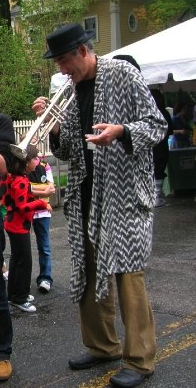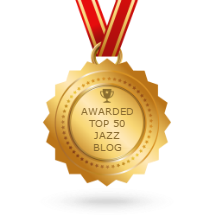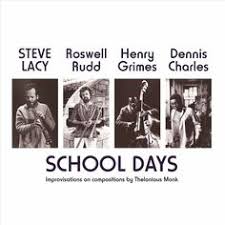There's a very big difference between a room with jazz and a jazz room.
` 
In a room with jazz, everyone is intent on their conversation and their food. If someone claps at the end of a tune, scattered people will join in as a guilty afterthought.

In a room with jazz, everyone is intent on their conversation and their food. If someone claps at the end of a tune, scattered people will join in as a guilty afterthought.
In a jazz room, people are there to listen. Even if people are talking, most are using enough radar to ebb and flow with the music. Occasional bursts of "yea!" and "alright!" break through and individual solos are rewarded with applause. Rather than having to "work the crowd," the musicians can work WITH them.
Last night I was in a room-with-jazz. It kinda sucked.
The focus is on food and food has become a stable means of income for many places that before only sold drinks. I don't like it, but I get it.
As many tables as possible get squeezed into every possible space. Of course, that's always been the way. But now, rather than a few cocktail servers occasionally drifting by with drinks, you have a large waitstaff with menus, lots of plates, complicated cleanups and bill paying. Last night I was nearly run into or nearly ran into waiters four times. And, since the orientation of the tables is about maximizing the space, there are many seats that have no eye-line to the stage. If you go through the necessary gyrations to face the stage, I hope you have your chiropractor on speed dial.
Alright, this is all very curmudgeonly. Full credit to the management of the place for having an actual bandstand and for hiring excellent musicians. The musicians are playing and are getting paid-that's good. I listened, as a few other people may listen, carefully. But, it remains intractably irritating to me that musicians who have devoted their lives to mastering this music are not being given the attention and respect they deserve. I don't think that performers as skilled in any other musical genre are treated this way.
 |
| "I eschew it." |








